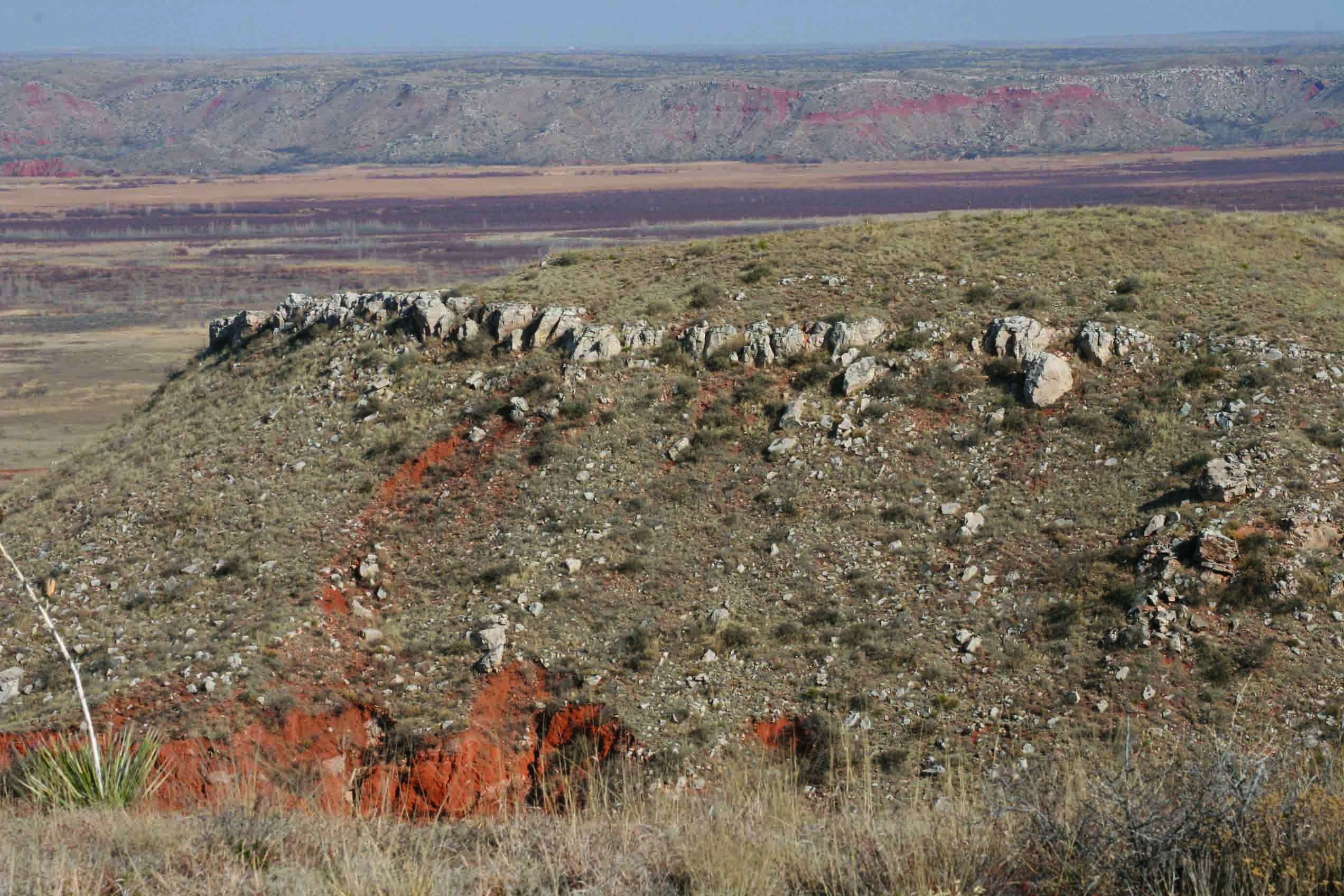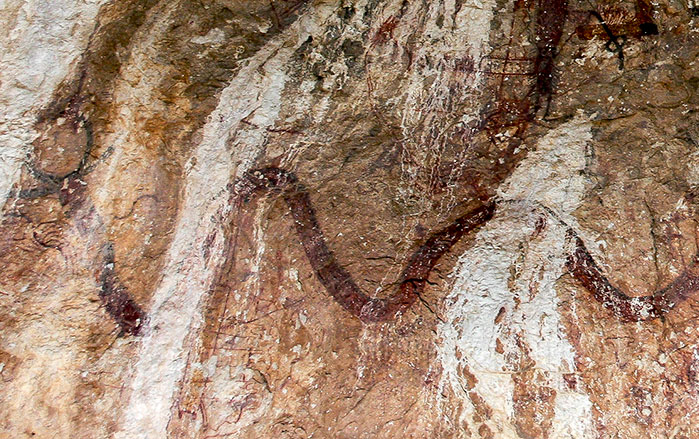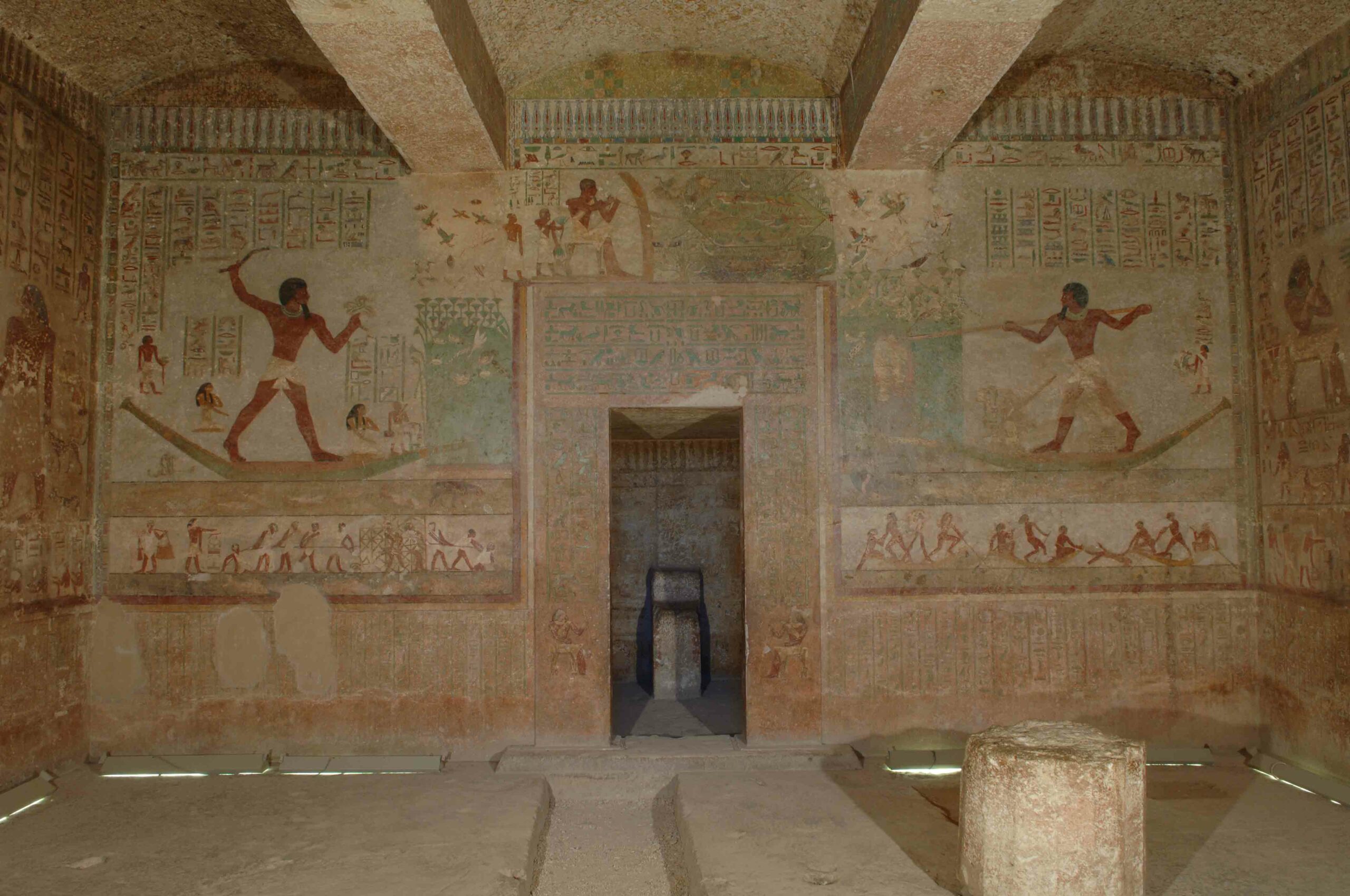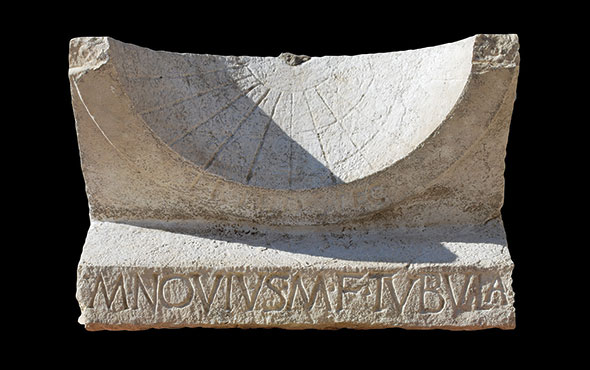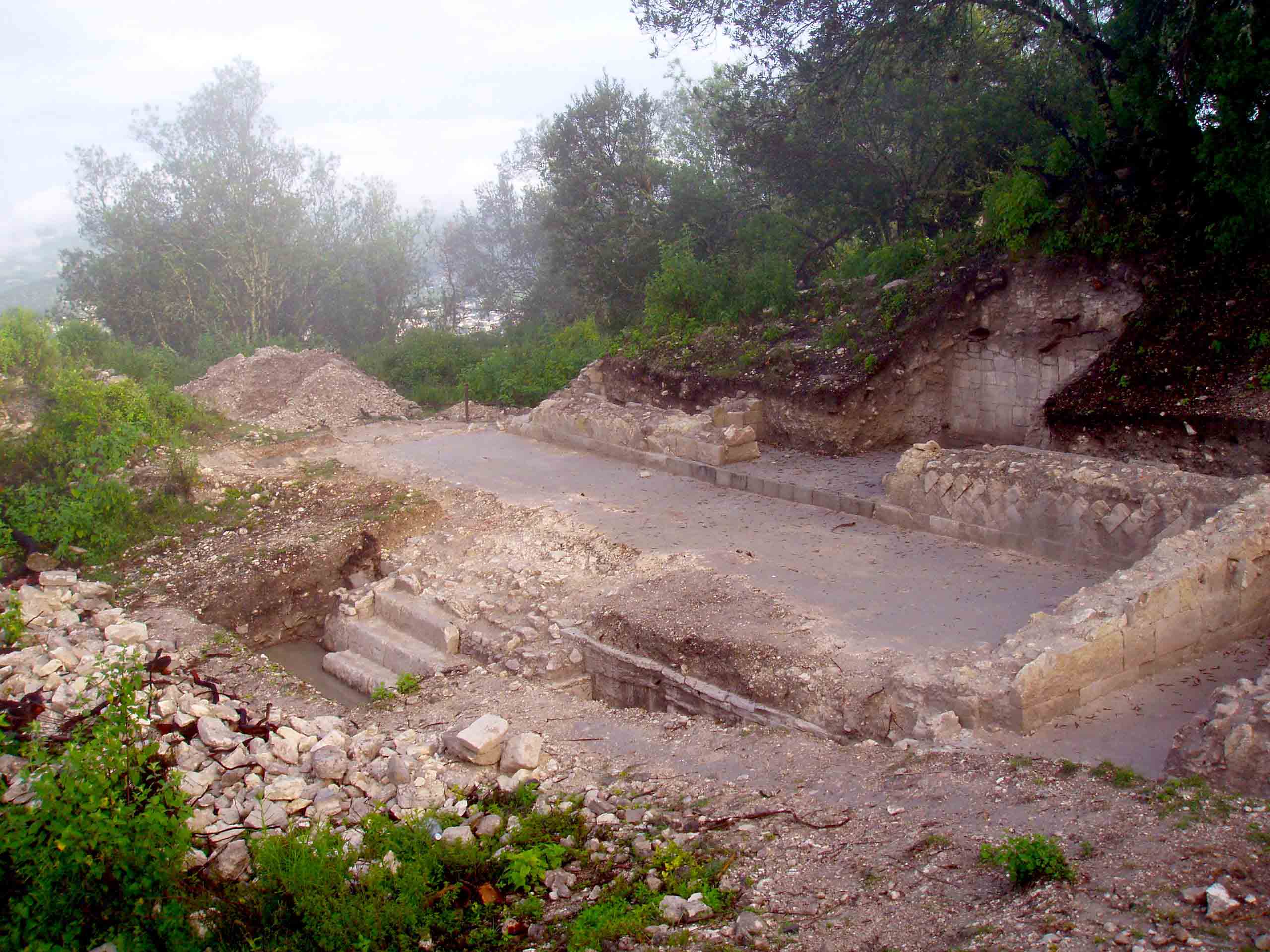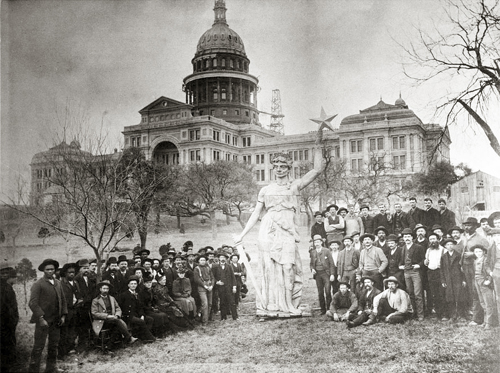
HOUSTON, TEXAS—According to a report in The New York Times, the remains of some 95 people have been found at a Texas plantation cemetery dating from the late nineteenth to the early twentieth century. About half of the graves have been exhumed, and more than 20 of the bodies have been analyzed. All but one of them were men who lived to between the ages of about 14 to 70. The bones show evidence of poor childhood health and heavy labor. Some of them may have been former slaves. Ken Brown of the University of Houston thinks the men may have been African-American laborers who worked at the sugar plantation under a convict lease system. In other words, they were prisoners of the state of Texas, often arrested for minor offenses such as loitering, who were forced to live and work on the plantation. Eventually, Texas had state-run prison farms, Brown said. Prisoners helped to build the Texas state capitol building in Austin, as well as part of the Texas State Railroad. For more on archaeology in Texas, go to “Off the Grid: Caddo Mounds State Historic Site.”




